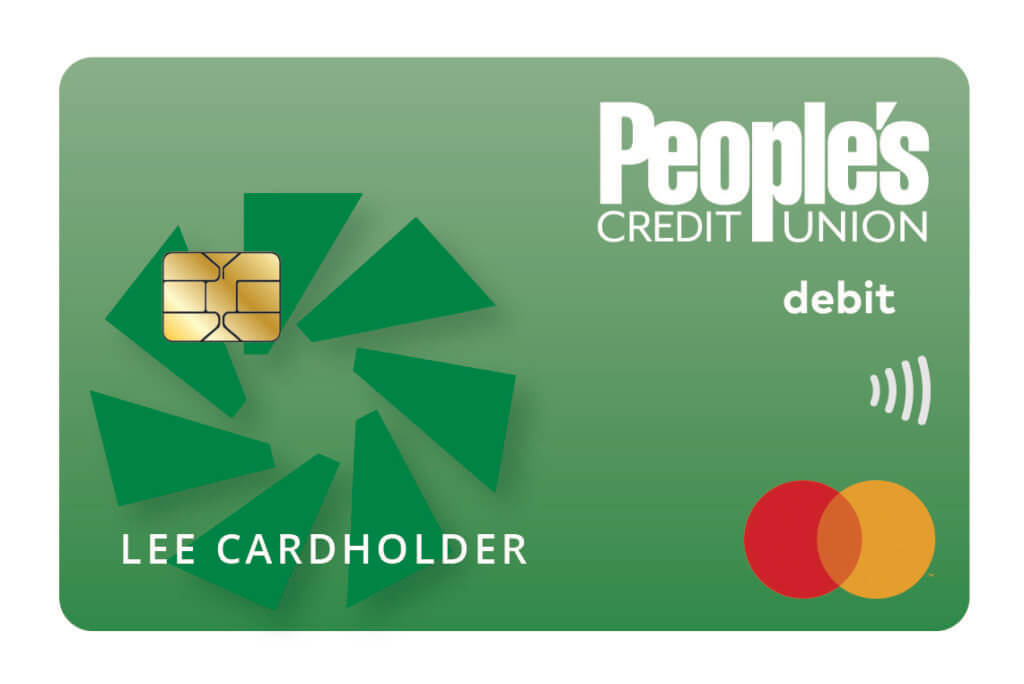Real or Fake? Don’t Fall for Check Scams
In today’s digital and mobile world, where electronic money transfers are prevalent, consumers and businesses may still prefer the supposed security of paper cashier’s checks or official bank checks for large or important payments. Fake bank checks are sometimes used in scams when the scammer wants you to cash or deposit the check. After it’s deposited, they want you to return all or part of the funds to them or another party (an accomplice) before the bank where the deposit was made tries to process the check for payment and finds out it’s a fake. There are several methods the fraudster could ask you to refund the money: cash, personal check, pre-paid or gift card load, or by an electronic method like wire transfer, automated clearing house (ACH) payment, or person-to-person (P2P) transaction. It’s crucial that you spot the warning indications of a counterfeit check in order to protect yourself because if it turns out that the check was fake, you’ll probably be held liable for the money you gave to the fraudster Remember that fraudsters are always thinking of new methods to include fake cashier’s checks or official bank checks into their schemes.
To learn more, read the article here
